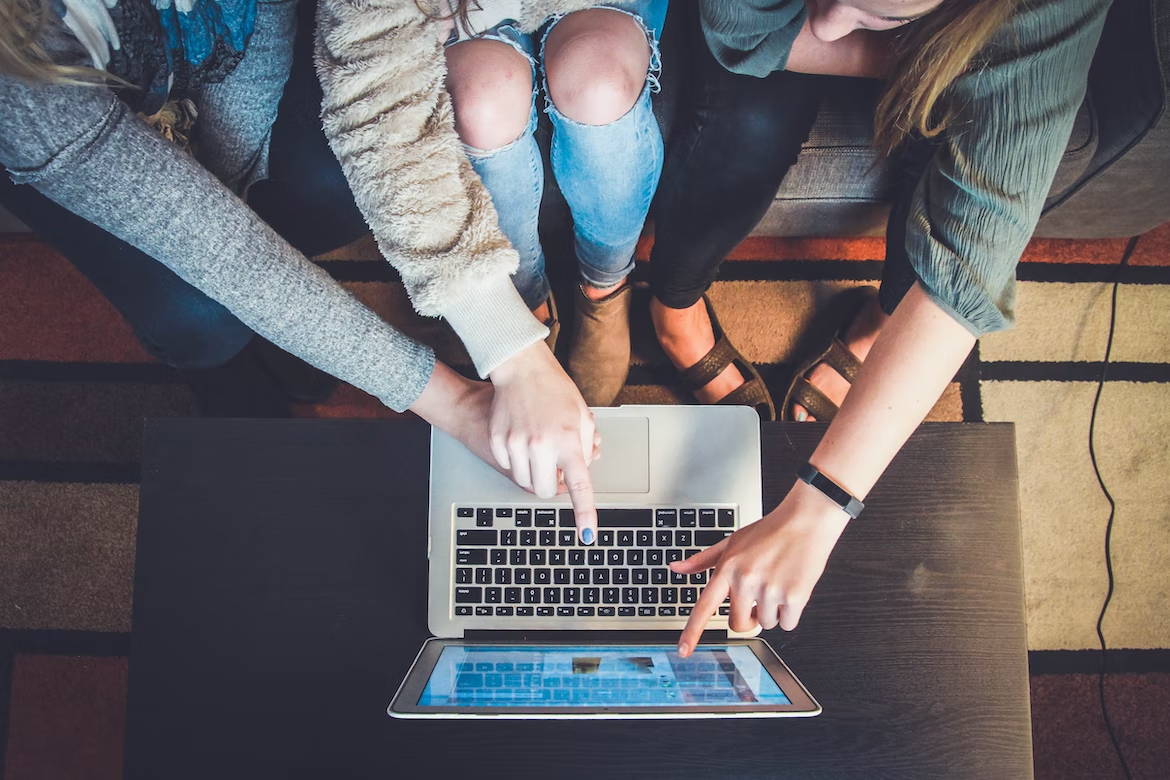Social media has become an integral part of our lives, and it can be a great way to stay connected with friends and family. However, teenagers must understand how to use social media responsibly before diving into the world of online interactions. From understanding privacy settings and avoiding predators to being mindful of cyberbullying and maintaining a healthy balance between online activities and offline life, there are many things young adults need to know about using social media for their experience on these platforms to be positive.


It is important for teenagers to be aware of the potential risks associated with using social media and to take steps to protect themselves. By understanding the issues that arise from their online presence, teens can make smart choices when it comes to using these sites and strive for a healthy balance between their online and offline lives. With an awareness of the potential dangers as well as strategies for keeping safe, teens can ensure they have a positive experience while navigating the digital world.
Times Spent on Social Media
It is easy to become addicted to social media, so teenagers need to be mindful of the amount of time they spend online. Setting limits on how much time is spent and/or scheduling specific times for checking can help ensure that teens are not over-engaging in online activities at the expense of other responsibilities or outside interests. Being addicted to social networking can lead to sleep deprivation, stress, and other negative mental health consequences. Additionally, it can be a distraction from schoolwork and extracurricular activities.Privacy Settings
Every social media site has different privacy settings that allow users to control who sees the content they post. It is important to understand these settings so that teens can protect their personal information and keep their accounts private. Most sites also offer age-appropriate versions of the platform, like Instagram for Kids or YouTube Kids, which serve as additional safeguards against online predators or inappropriate content. And remember, it is important to be aware that even with the most stringent privacy settings, nothing posted online is ever truly private.Cyberbullying
Cyberbullying can have serious emotional and psychological consequences for teens who are victims of this form of bullying. It can also lead to a range of other issues such as depression and anxiety, as well as low self-esteem and self-confidence. Teenagers need to know how to recognize cyberbullying when they see it and how to handle these situations appropriately by either reporting the bully or blocking them from their accounts. For example, some platforms allow users to block certain words or phrases, which can help filter out bullying and abusive content.Digital Footprint
Having an awareness of one’s digital footprint is important for teens, as what they post online can affect their prospects in terms of college admissions and job opportunities. Teenagers should be mindful that anything posted online - whether it’s a tweet, photo, or blog post - can stay online forever. It’s important to think before posting as well as clean up any old posts or photos that could damage someone’s reputation. They are also encouraged to research the best ways to protect their digital footprint, such as using strong passwords and two-factor authentication.Online Predators
Online predators are a real threat to teens on social media platforms, so teens must know how to recognize them and protect themselves from potential harm. Some warning signs of online predators can include requests for personal information or private photos, as well as persistent messages that make someone feel uncomfortable or unsafe. Talking openly about online safety issues with parents can help teenage users become more aware of the potential dangers and protect themselves from malicious actors on social media sites.Positive Engagement
Social media offers many opportunities for teens to engage in positive and meaningful activities, such as socializing with friends, connecting with family, learning about topics of interest, and sharing their passions. Teenagers need to understand that there are both benefits and drawbacks to using these sites and that they should strive to find a healthy balance between their online and offline lives. By setting limits on the time spent on social media and engaging in positive activities such as volunteering or joining clubs, teens can make the most out of their experiences on these platforms while still preserving their mental health.Offline Time
Spending quality time away from technology is beneficial for teenagers’ physical and mental health. By setting limits on their device usage, teens can be more mindful of how and why they are using social media and make sure to find time for other activities such as reading, exercising, or spending time with family and friends. Doing so can help them create a healthier balance between their online and offline lives while still enjoying the positive aspects of these platforms.It is important for teenagers to be aware of the potential risks associated with using social media and to take steps to protect themselves. By understanding the issues that arise from their online presence, teens can make smart choices when it comes to using these sites and strive for a healthy balance between their online and offline lives. With an awareness of the potential dangers as well as strategies for keeping safe, teens can ensure they have a positive experience while navigating the digital world.






.jpg)

.jpg)



